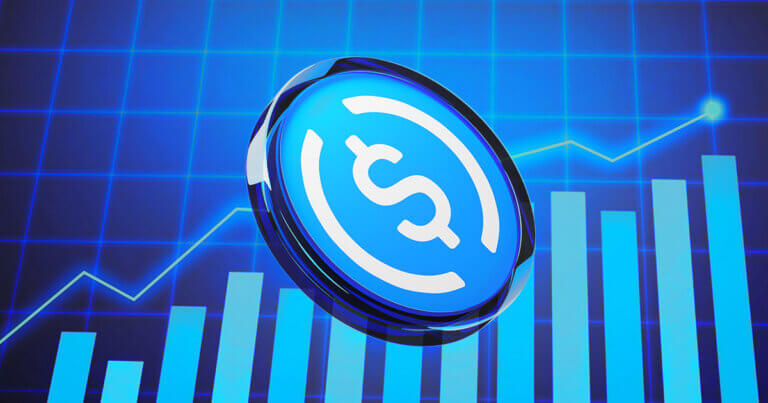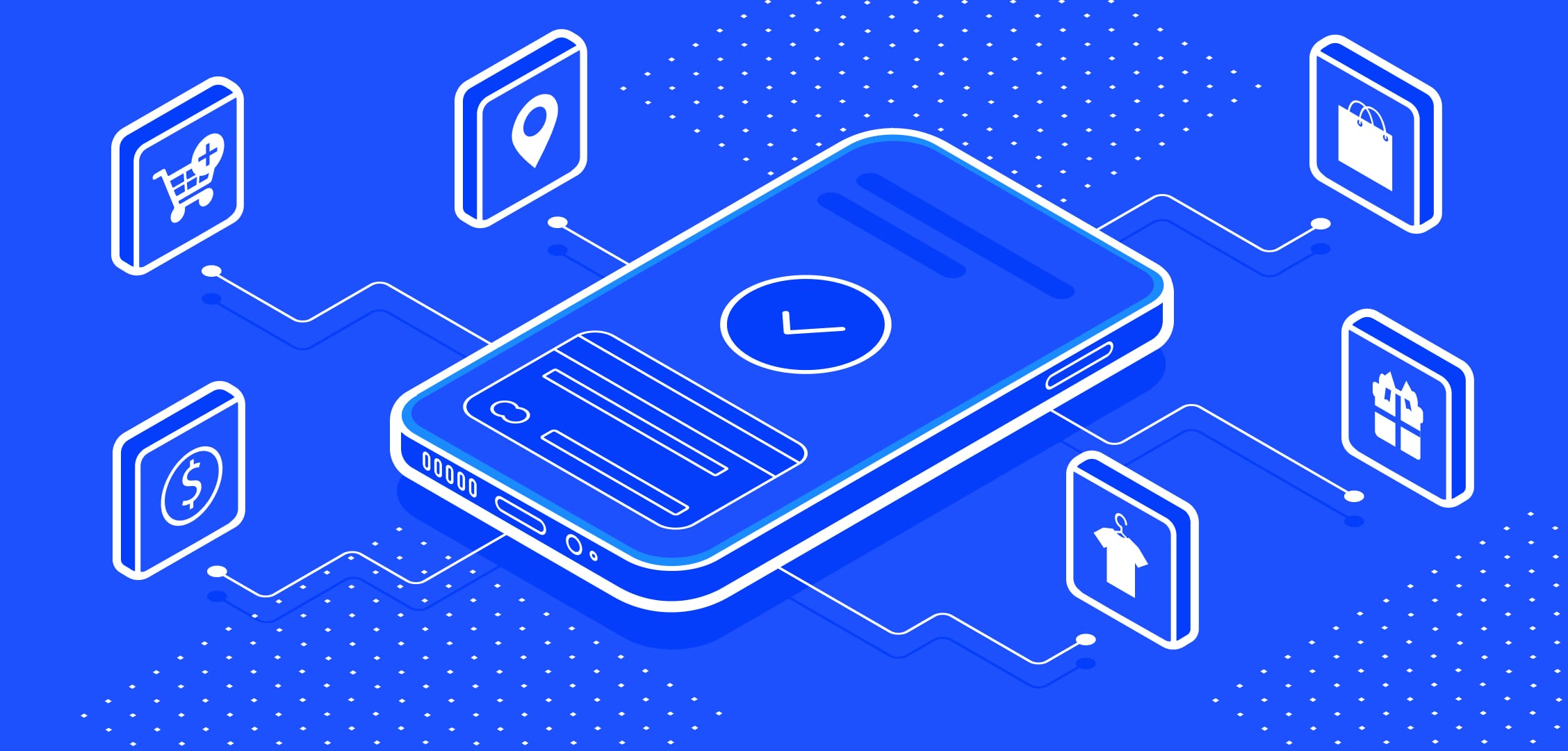Solana has emerged as a high-performance blockchain known for its low fees and fast transaction speeds—making it ideal for consumer-facing decentralized applications (dApps). However, onboarding new users to Solana dApps remains a significant hurdle, especially when users are unfamiliar with crypto or lack access to centralized exchanges.
To solve this, many Solana-based apps are now integrating TransFi, a plug-and-play fiat-to-crypto solution, to enable direct USDC on-ramps using local payment methods. This approach is helping dApps onboard users faster and at scale, especially in emerging markets where global payment options fall short.
The Challenge: Making Solana Accessible to Everyday Users
While Solana’s ecosystem has grown rapidly—with DeFi, NFTs, gaming, and social apps all building on the chain—most dApps still face the same problem:
- Users must leave the app to acquire USDC
- Limited payment options for users outside North America or Europe
- High drop-off rates during onboarding
- Slow user acquisition due to lack of embedded fiat solutions
To bridge this gap, developers began searching for a reliable Solana crypto on-ramp that could be integrated directly into their UI and support local payment rails.
The Solution: TransFi's Integration with Solana
TransFi offers a Seamless onboarding experience by combining KYC, fiat processing, and stablecoin delivery into one smooth flow. With native support for USDC on Solana, dApps can integrate TransFi’s API or widget and start accepting users from over a dozen countries—without building custom infrastructure.
Key Benefits for Solana dApps:
- Direct fiat-to-Solana USDC on-ramp
- Support for local payment methods like UPI (India), PIX (Brazil), GCash (Philippines), and more
- Embedded user experience—no redirection to third-party sites
- Fast KYC and real-time settlement
- Fully compliant onboarding across multiple jurisdictions
Use Case: Web3 App Unlocks Growth in Southeast Asia
A social app built on Solana was struggling with onboarding in Southeast Asia. While the platform had gained traction through viral growth and creator content, it faced conversion issues when users tried to purchase in-app tokens or USDC.
By integrating TransFi directly into the onboarding flow, the app was able to:
- Let users fund their wallets with GCash and local bank transfers
- Cut onboarding time by over 50%
- See a 38% increase in funded wallets
- Reduce support requests related to payment failures and crypto confusion
This real-world example highlights how TransFi’s Solana integration solves onboarding for non-technical and non-crypto-native users.
Why Local Payment Methods Matter
One of the primary advantages of TransFi is its support for local fiat rails. Instead of requiring a credit card or crypto wallet, users can:
- Pay with UPI in India
- Use PIX in Brazil
- Fund wallets via SEPA in Europe
- Transact with mobile wallets in Africa and Southeast Asia
This flexibility not only makes it easier to join a dApp but also builds trust—critical for mass adoption of Solana dApps.
Key Features of TransFi for Solana Projects
1. Solana-Native USDC Support
Users receive USDC directly on Solana, making it immediately usable in DeFi, NFT, or gaming apps without bridges or token swaps.
2. Low-Code Integration
Developers can use TransFi’s API, SDK, or widget to integrate the on-ramp with minimal engineering effort.
3. Global Compliance
TransFi handles KYC, AML, and local regulations—allowing teams to focus on product development.
4. Multi-Currency Support
Users can fund their wallet in local fiat currencies, with automatic conversion to USDC on Solana.
Long-Term Impact: Faster dApp Growth, Lower Abandonment
For developers building on Solana, onboarding speed directly affects growth. Users expect Web2-style simplicity—especially when interacting with a dApp for the first time.
By reducing onboarding friction and making USDC accessible instantly via local payment methods, TransFi helps Solana apps:
- Improve user retention
- Increase wallet funding rates
- Reach new markets without operational overhead
- Shorten time-to-first-transaction
Also read: How a DeFi App Increased TVL by 40% After Adding TransFi for Stablecoin Access
Conclusion
Solana dApps are growing rapidly, but user onboarding remains the single biggest blocker to mainstream adoption. TransFi offers a robust solution: fiat-to-USDC on-ramps that support local payment methods and integrate natively with Solana.
Whether you’re building a DeFi protocol, a gaming platform, or a social app on Solana, TransFi enables faster, easier, and more inclusive onboarding—especially in emerging markets.
Start offering local USDC access in your Solana app today by exploring TransFi’s developer tools.
Frequently Asked Questions
How does TransFi support Solana onboarding?
TransFi provides a fiat-to-USDC on-ramp with support for Solana-native USDC, allowing users to fund wallets directly through local payment methods.
Is TransFi’s solution KYC-compliant?
Yes. TransFi handles KYC and AML requirements, ensuring a secure and compliant onboarding experience.
Which local payment methods are supported?
TransFi supports a growing list, including UPI (India), PIX (Brazil), SEPA (EU), GCash (Philippines), and others depending on region.
Can the on-ramp be integrated inside a dApp?
Absolutely. TransFi offers a developer-friendly widget and API that can be embedded directly into your app's onboarding flow.
Does TransFi support other chains besides Solana?
Yes. TransFi also supports stablecoin on-ramps on chains like Polygon, Base, and Ethereum, among others.
Table of Contents
Suggested Article
Explore our products

Make global payments at the speed of a click

Accept payments, remove borders.

Unlock Seamless Digital Currency Transactions Anywhere








.png)














